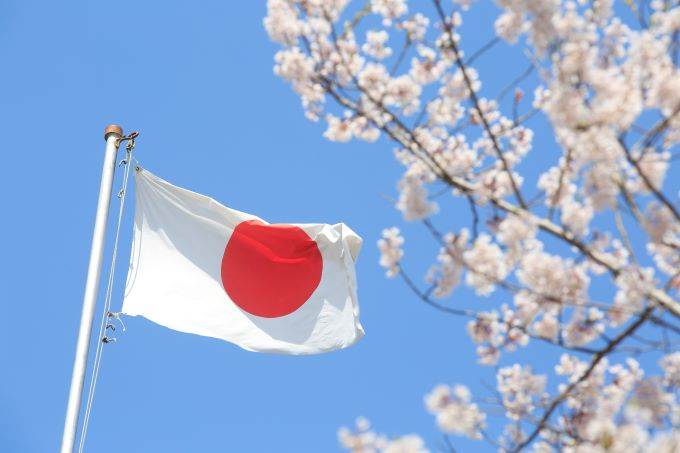According to data released by the Cabinet Office, Japan's gross domestic product contracted 27.8 percent in the second quarter (year-to-year) after going down by 2.2 percent in the second quarter while the quarterly figure showed a 7.8 percent contraction after going down by 0.6 percent on the previous quarter.
The Ministry of Economy, Trade, and Industry released its Industrial Production figure which showed an 18.2 percent contraction in June after decreasing by 17.7 percent during the previous month. The monthly figure showed a 1.9 percent expansion in June, after advancing 2.7 percent on the previous month.
 This is the biggest economic contraction in Japan's history, wiping out the advances that were achieved thanks to the measures that Prime Minister Shinzo Abe implemented in late 2012.
This is the biggest economic contraction in Japan's history, wiping out the advances that were achieved thanks to the measures that Prime Minister Shinzo Abe implemented in late 2012.
The Japanese Economy Minister, Yasutoshi Nishimura commented that those figures were “pretty severe”, though highlighting the recent betterment in the consumption levels.
At the moment there are 54,714 confirmed coronavirus cases in Japan, as well as a death toll of 1,088. In the world, there are 21,828,997 confirmed coronavirus cases as well as 773,122 total deaths. The United States leads in the number of infections, with 5,566,632 confirmed cases as well as a death toll of 173,128, followed by Brazil, India, and Russia.
Some Asia-pacific indices closed on the negative territory in today's session. The Nikkei 225 dropped by 0.83 percent during the session, closing at the 23,096.75 level, while the KOSPI went down by 1.23 percent, closing the session at the 2,407.49 level. Conversely, the S&P/ASX 200 dropped by 0.81 percent during the session, closing at the 6,076.40 level.
By 6:49 GMT the US dollar went down by 0.08 percent against the Japanese yen, hitting the 106.51 level. On the other hand, the Euro went up by 0.09 percent against the yen, hitting the 126.34 level.
Oil Recovers as Fears for Shrinking Global Oil Demand Dissipate
Recently Chinese government-owned oil firms have booked tankers to ship large volumes of US crude oil, which dissipated fears for a slowdown in demand recovery. This added to positive data regarding oil global demand that was released last week, as data showed an improvement in U.S. gasoline demand and China’s processed crude oil figure hitting record highs.
The United States seized four Iranian tankers that were carrying 1.1 million barrels of gasoline that were headed to Venezuela.
"The United States remains committed to our maximum pressure campaigns against the Iranian and Maduro regimes," commented the Department of State spokeswoman, Morgan Ortagus.
The OPEC+ Joint Ministerial Monitoring Committee is set to meet this week to discuss the group's supply deal, in light of the effect of the coronavirus crisis in the crude oil markets. The committee will probably discuss the compliance of Nigeria and Iraq, which have been producing more oil than stipulated.
On Friday the oil markets closed on the negative territory. The West Texas Intermediate crude oil futures went down by 0.54 percent during the session, closing at the 42.01 level, while the Brent oil futures dropped by 0.36 percent, closing the session at the 44.80 level. On Sunday, the West Texas Intermediate crude oil futures recovered, advancing 0.69 percent during the session, and closing at the 42.30 level, while the Brent oil futures gained 0.56 percent, closing the session at the 45.05 level.

